Description
Unique pictorial atlases for identifying Beetles. Jeweled beetles. A total of 504 species and subspecies in 111 genera of the superfamily Buprestoidea are published.
Buprestidae
Jewel Beetles of the World, Buprestidae
Expert supervision of this publication was provided by V. Kubáň (Šlapanice u Brna, Czech Republic). The validity of the names of the included taxa and their correct spelling, authorship and year of publication follow the most recently published works. The world catalogue of the superfamily Buprestoidea (Bellamy 2008, 2009) and the second supplemented edition of the Palearctic Catalogue (Kubáň 2016) were used as a basis. Where revision papers were published after these dates, the data from these papers were used as above (eg. Hołyński 2009, 2014, Moore & Vidal 2015, Frank &Sekerka 2016, 2020, Frank 2000).
The confirmationof the identifications of the included taxa was entirely based on photographs. The included taxa from Palaearctic and Oriental Regions were verifiedby V. Kubáň based on his private collection and his private library. The included taxa from the remaining zoogeographical regions were verifiedby V. Kubáň with the help of his private collection, the collection of the Entomological Department of the National Museum in Prague and on the basis of his private library. The genera Belionota, Chrysodema, Cyphogastra, Paracupta and Iridotaenia were modified thanks to extensive comments by D. Frank (Prague, Czech Republic). Only the North American species of the genus Acmaeodera remain in their original unrevised state. Jewel Beetles of the World, Buprestidae
The first title in the FAMILIES SERIES, which is mainly intended for nature enthusiasts, insect photographers, educators and amateur collectors. The edition aims to motivate the younger generation to protect the natural habitats to which insects are vitally attached.
In the book you will find individual views of interesting species from the top and side view in high resolution. Another section features illustrations of specimens with a geographical map. The last section consists of tabular lists of 12 species including country, locality and date of collection. Jewel beetles diet, what does jewel beetle eat
We recommend: jeweled beetles, ground beetles, tiger beetles, longhorn beetles, goliath beetle, stag beetle, carpet beetles
Preface
Jewel Beetles of the World, Buprestidae
Jeweled Beetles
The aim of this visual guide is to introduce these amazing representatives, commonly known as Jewel beetles, to all nature enthusiasts. The book is exceptional in its detailed identification views and the multitude of genera and species represented.
Specifically, more than 500 species from about 111 genera are pictured, structured according to Löbl & Löbl. The classification of tribes is not definitive and is provided in the book for orientation and grouping purposes only. Illustrations of some of the species depicted here have never been previously published.
The book is divided into a main section with high-resolution dorsal and lateral illustrations and a biogeographical section showing the different genera in relation to their distribution in the area. An overall view of the species diversity of the Jewel beetles is shown in the last genera section in an arrangement of 12 exemplars.
In order to add more species later and to draw attention to the current classification, we are creating an electronic book that will be an interesting complement to the printed book.
jeweled beetles, jewel beetle scientific name in usa, where do jewel beetles live, jewel beetle lifespan
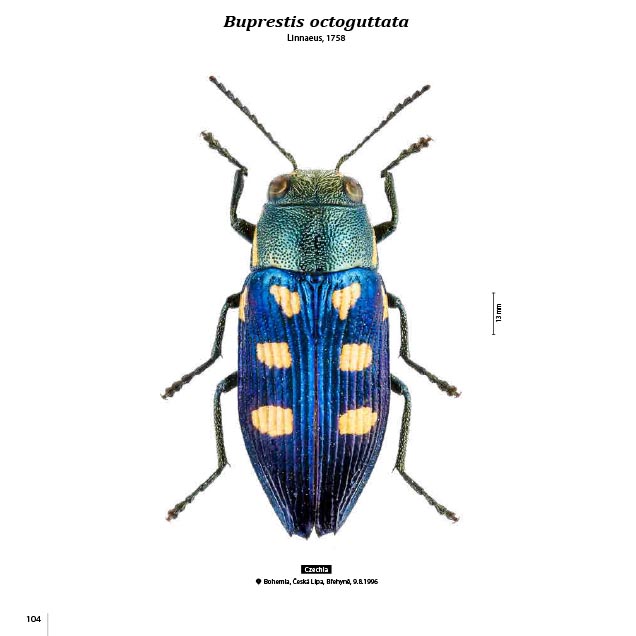
Foreword I
Jewel Beetles are an interesting and popular group of around 15,500 species, distributed mainly in the tropical regions. They include the genus Agrilus, a candidate for the most species-rich genus in the animal kingdom with over 2000 described species (a good selection illustrated here), and the rare and gigantic Aaata finchi from Balochistan, hardly ever illustrated before.
This book follows from the author’s excellent Tiger Beetles of the World and Ground Beetles of Africa but is even more ambitious and comprehensive. It illustrates a representative selection of Jewel Beetle species, including all tribes, over 100 genera and 500 species, carefully chosen to show the range of form and colour as well as the taxonomic diversity of these magnificent beetles. It is organised in an intuitive and helpful way, with sections showing members of the genera grouped together with their relatives, and sections showing detailed close up photographs of individual species, based on carefully chosen and perfectly prepared collection specimens. It finishes with an Appendix with the locality data of each specimen, and notes on biogeography.
Jewel beetles earnt their name from the striking metallic colours of the adults, but they have a short adult season and spend most of their lives as larvae hidden deep within the wood. They can also be difficult to find, and difficult to catch due to their great speed. One could travel the whole world and never see the range of diversity that is presented in this incredible book. Leafing through it feels like having a personal window into one of the world’s great museum collections.
This book is scientifically valuable, and artistically beautiful, but it will play an even more important role in society. Today, one of the biggest threats to natural habitats is irrelevance, as the general public becomes ever more removed from contact with and interest in biodiversity. Books like this are essential, to help reverse this trend and re-engage people with the beauty
and intricacy of nature, and can change a person’s whole perception of beetles and open their eyes to the extraordinary and fascinating world that is all around them.— Maxwell Barclay
Senior Curator of Coleoptera, The Natural History Museum, London, UKJewel Beetles of the World, Buprestidae
Books about BeetlesThe Fascinating World of Jewel Beetles in Jewelry
Jewel beetles, members of the Buprestidae family, are renowned for their iridescent colors and intricate patterns, making them a popular choice for unique and artistic jewelry. Their shimmering appearance has inspired artisans for centuries, blending natural beauty with human creativity.
Victorian Era and Vintage Insect Jewelry
During the Victorian era, insect jewelry gained popularity as a reflection of the fascination with nature. Victorian insect jewelry often featured real insects, including jewel beetles, encased in elaborate designs. These pieces symbolized transformation and beauty. Victorian bug jewelry, such as beetle brooches and pendants, showcased the intricate craftsmanship characteristic of the era.
Vintage insect jewelry continues to captivate collectors today. Jewel beetle wings have been used in beadwork and embroidery to create stunning vintage jewelry ideas. For example, a muslin dress from the 1860s was adorned with jewel beetle wings, demonstrating their integration into fashion.
Modern Applications: Real and Upcycled Jewelry
Contemporary artisans use jewel beetle wings to craft real insect jewelry, including earrings, necklaces, and bracelets. These creations often incorporate upcycled materials, combining sustainability with artistry. Jewel beetle wings are sold globally, particularly in countries like India and Thailand, where they are repurposed after being discarded.
One unique trend is maquech beetle jewelry, where live jewel beetles are adorned with rhinestones and worn as living pendants. This tradition originates from Central America and showcases the cultural significance of these insects.
Jewel Beetles: Habitat and Characteristics
Jewel beetles are found worldwide, inhabiting regions across Asia, Africa, North America, South America, Europe, and Australia. Their habitats often include deadwood or decaying plant matter where buprestid larvae develop. The golden jewel beetle and purple jewel beetle are particularly prized for their vibrant colors.
The iridescent coloration of jewel beetles is not pigment-based but results from structural coloration that reflects light at specific angles. This feature provides camouflage in natural environments while dazzling collectors and artisans alike.
Types of Vintage Jewelry
Jewel beetles have inspired various types of vintage jewelry clasps and designs. Victorian hand jewelry meaning often symbolized sentimentality or protection. Vintage plastic jewelry types also incorporated insect motifs during the mid-20th century.
Symbolism and Spiritual Meaning
Jewel beetles hold spiritual significance in some cultures. Their shimmering wings symbolize renewal and resilience. In ancient Maya legends, they were considered treasures gifted by royalty. Today, jewel beetle symbolism continues to inspire artistic expression.
Are Jewel Beetles Poisonous?
Despite their striking appearance, jewel beetles are not poisonous to humans. However, some related species like jewel bugs may emit an unpleasant odor when disturbed.
Where Are Jewel Beetles Found?
Jewel beetles thrive in diverse habitats across the globe. They are commonly found in regions like Oregon, California, Washington State, India, and Thailand. Their adaptability makes them accessible for various uses in art and design.
Conclusion Jewel beetles
From Victorian insect jewellery to modern upcycled creations, jewel beetles have left an indelible mark on the world of decorative arts. Their iridescent beauty continues to inspire awe while connecting nature with human ingenuity. Whether encased in amber or worn as living pendants like maquech beetles, these insects exemplify the fusion of art and nature.
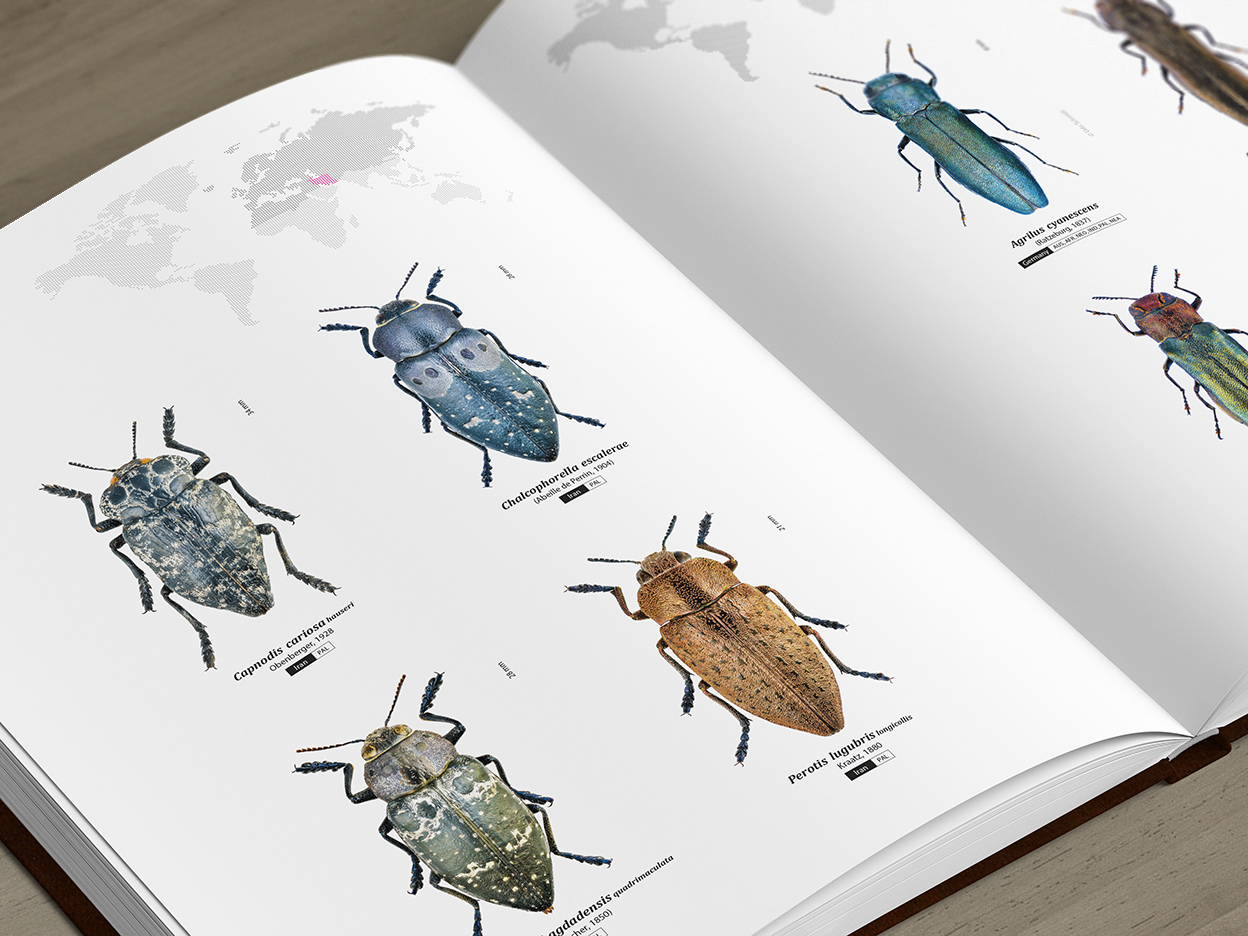


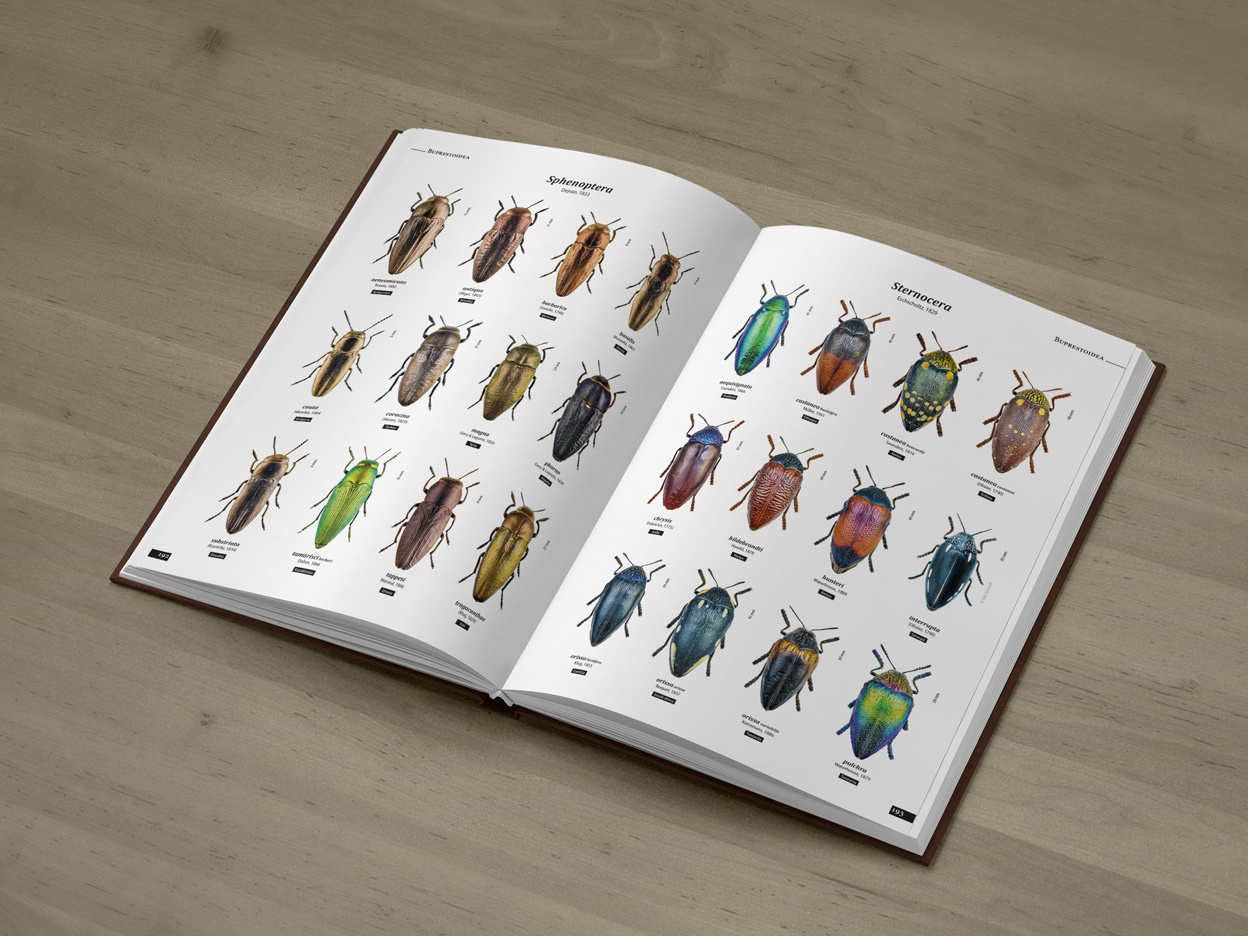
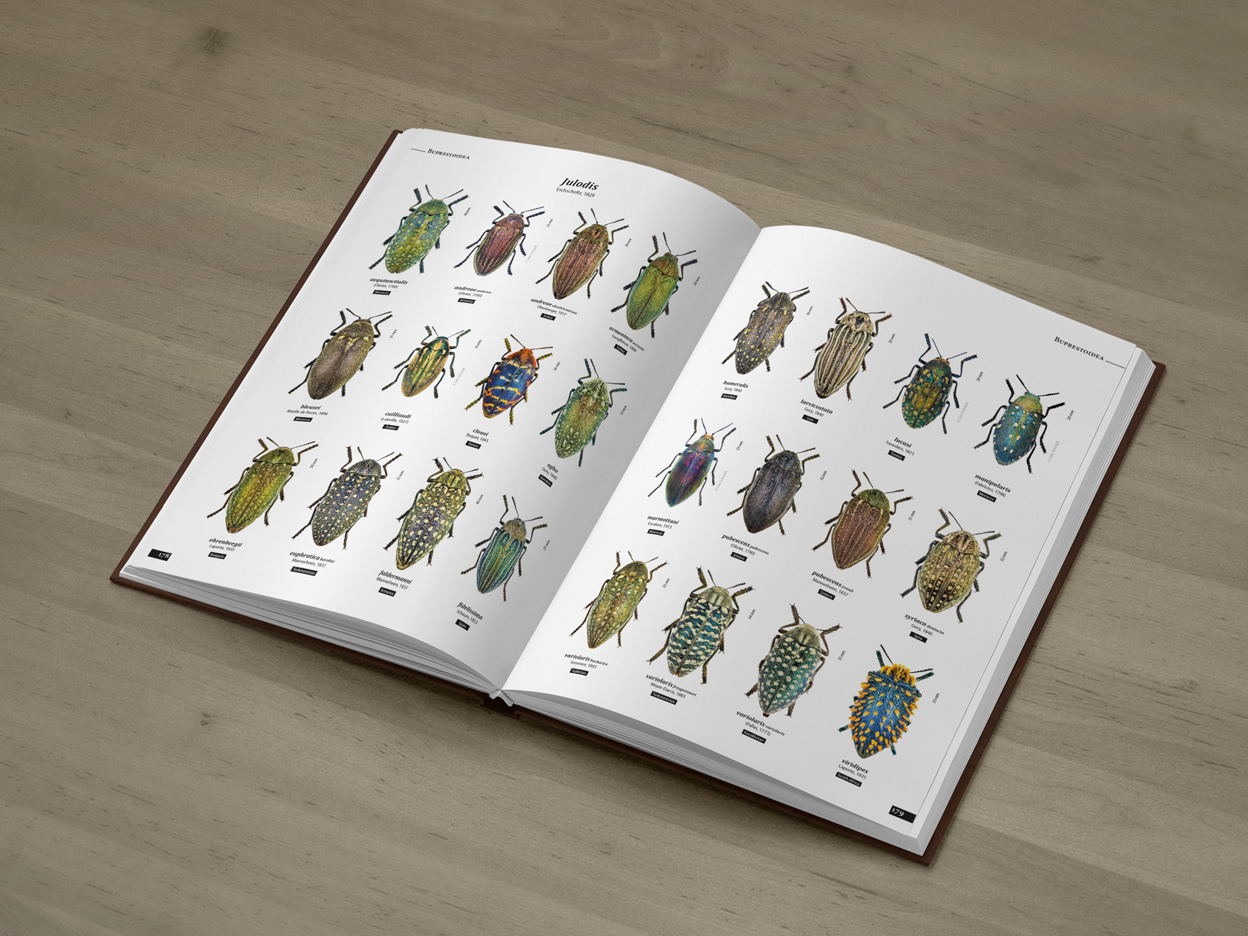

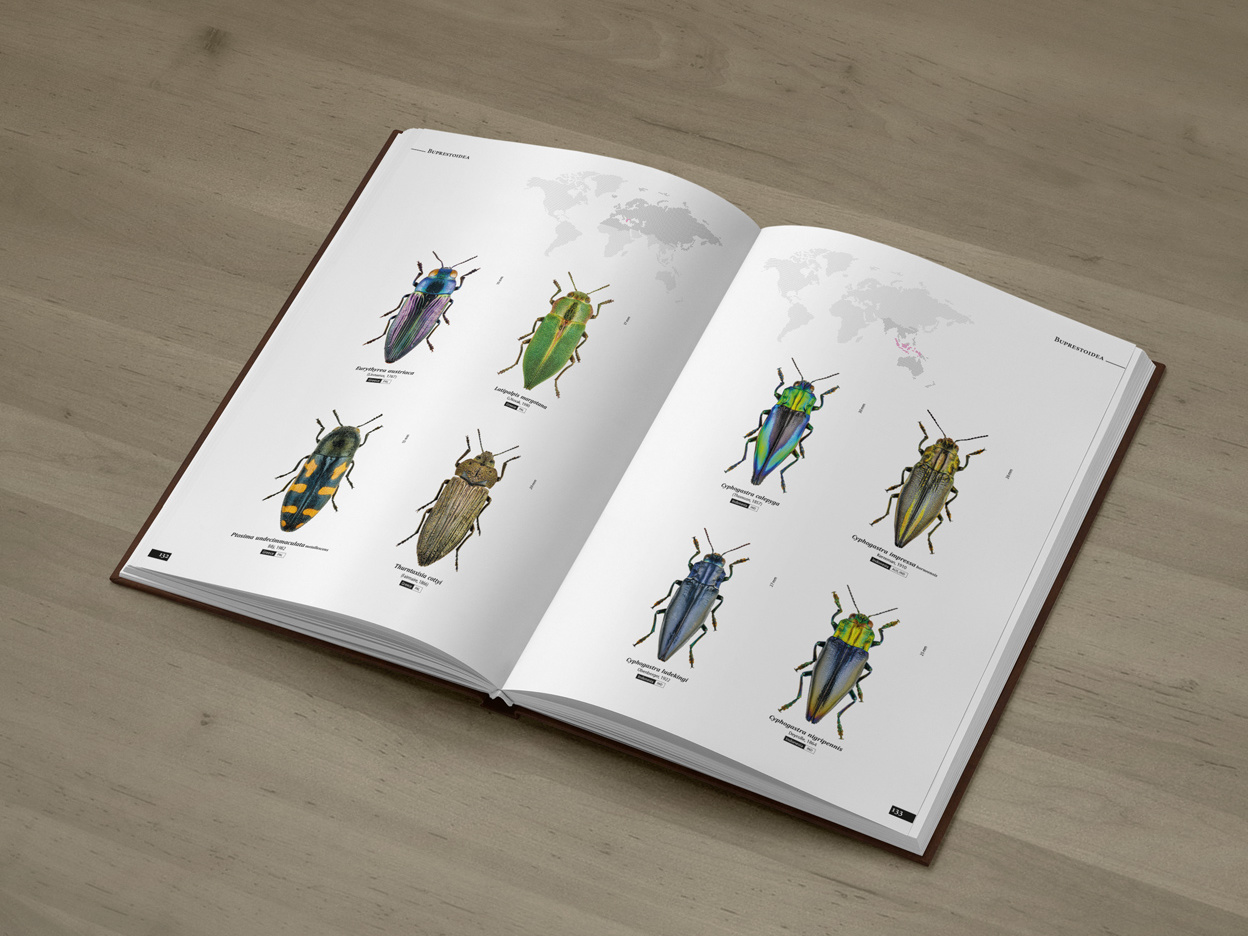
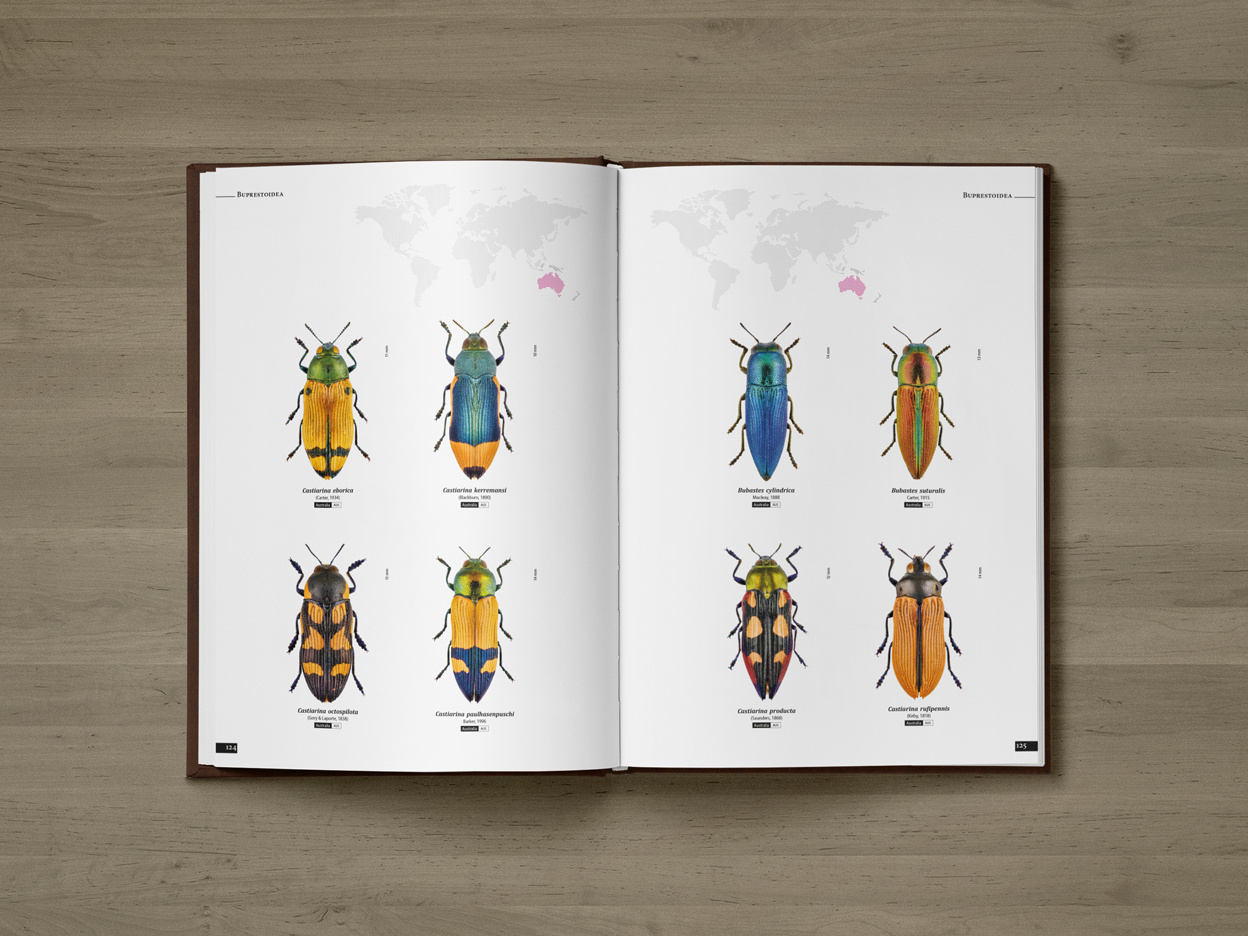

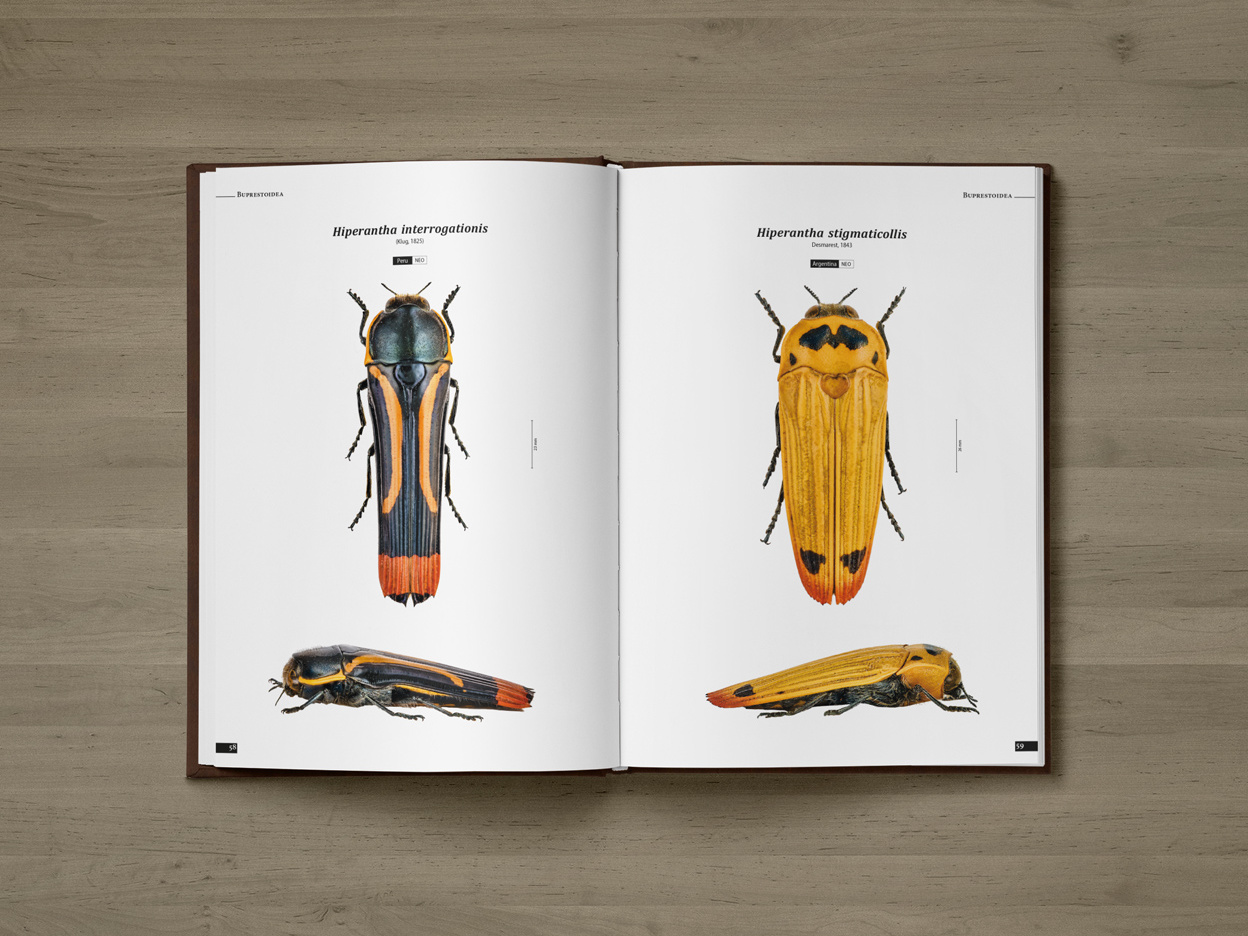


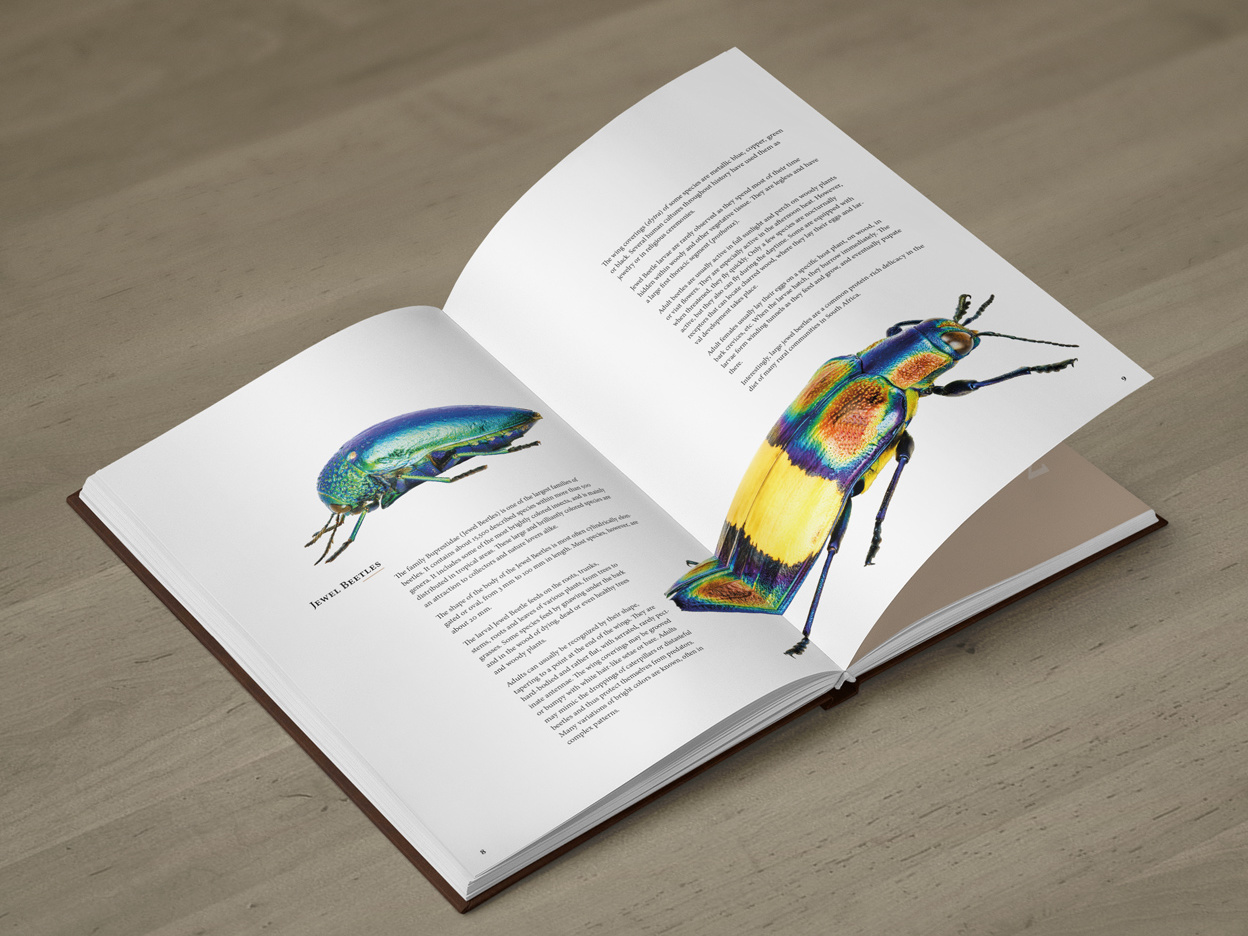

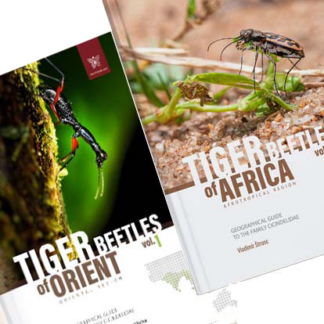

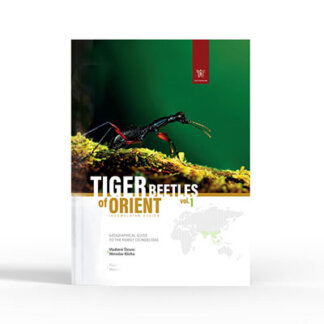
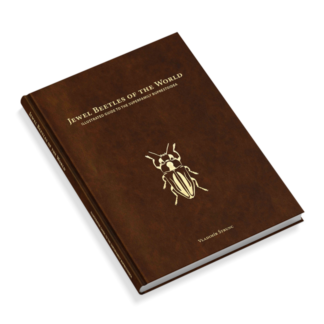
Noel –
The pictures are truly breath-taking. That is not a book but a piece of art.
Aldon Spencer (verified owner) –
I bought a copy of Jewel Beetles of the World and Tiger Beetles of the World and I can tell you personally that these books are worth every penny. The color photography is amazing and the amount of species represented is fantastic. I just can not praise them enough.
I am hoping that more editions covering other families will soon be available. It’s like have an insect collection in a book.
David Pearson –
Again, Vladimír Štrunc continues to surpass the beauty and detailed information with each book on beetles he publishes. The latest one on “The Jewel Beetles of the World – Buprestoidea” has breathtaking colour photos of more than 500 species of 111 genera of this superfamily.
This time the illustrations of each species are even larger so that quick comparisons can be made of the dorsal and lateral views. A convenient addition in the biogeographic section is a map showing the distribution at a glance of the species represented on each page. In the Genera section, numerous additional species are illustrated for the more speciose genera.
Even if you are not a Jewel beetle professional or aficionado, this book will mesmerize you with each page of brilliantly coloured beetles.